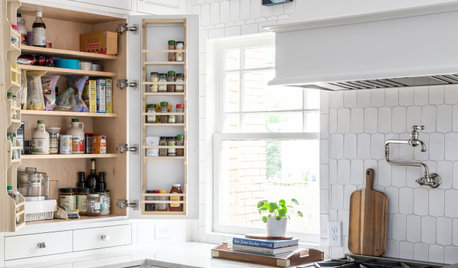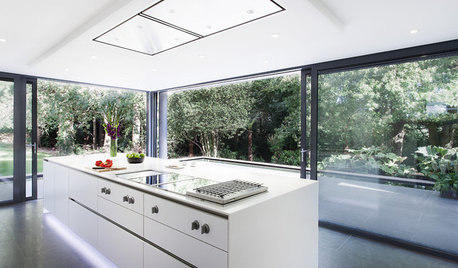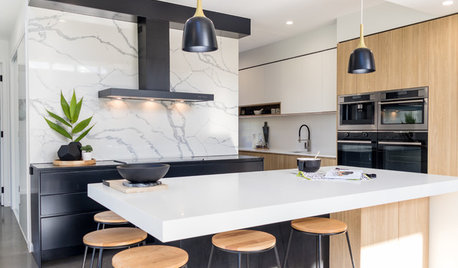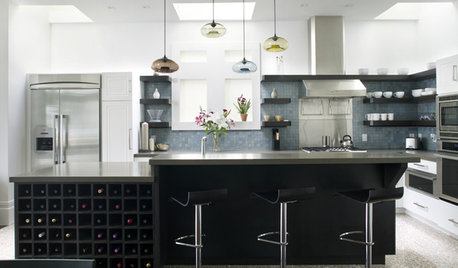Need recommendation for high CFM vent hood for 6"duct
fran415
11 years ago
Featured Answer
Sort by:Oldest
Comments (10)
weissman
11 years agoRelated Professionals
Queen Creek Kitchen & Bathroom Designers · Springfield Kitchen & Bathroom Designers · Olympia Heights Kitchen & Bathroom Designers · Chandler Kitchen & Bathroom Remodelers · Elk Grove Kitchen & Bathroom Remodelers · Fort Washington Kitchen & Bathroom Remodelers · Glen Carbon Kitchen & Bathroom Remodelers · Niles Kitchen & Bathroom Remodelers · Toledo Kitchen & Bathroom Remodelers · Waukegan Kitchen & Bathroom Remodelers · Weymouth Kitchen & Bathroom Remodelers · Sharonville Kitchen & Bathroom Remodelers · Kaneohe Cabinets & Cabinetry · Prospect Heights Cabinets & Cabinetry · Stoughton Cabinets & Cabinetryfran415
11 years agokaseki
11 years agodcarch7 d c f l a s h 7 @ y a h o o . c o m
11 years agobuffalotina
11 years agojwvideo
11 years agoweedmeister
11 years agokaseki
11 years agorobert_sett
11 years ago
Related Stories

KITCHEN DESIGNA Cook’s 6 Tips for Buying Kitchen Appliances
An avid home chef answers tricky questions about choosing the right oven, stovetop, vent hood and more
Full Story
KITCHEN DESIGNPros Share 6 Must-Have Kitchen Design Features
Design and remodeling pros recommend focusing on these areas to create a functional and stylish kitchen
Full Story
5 Stunning Modern Range Hoods
Today's kitchen range hoods can look like sleek sculptures. Here's what to look for when you go shopping for one
Full Story
KITCHEN APPLIANCESDisappearing Range Hoods: A New Trend?
Concealed exhaust fans cut visual clutter in the kitchen
Full Story
KITCHEN DESIGNHow to Choose the Right Hood Fan for Your Kitchen
Keep your kitchen clean and your home's air fresh by understanding all the options for ventilating via a hood fan
Full Story
KITCHEN APPLIANCESWhat to Consider When Adding a Range Hood
Get to know the types, styles and why you may want to skip a hood altogether
Full Story
KITCHEN DESIGNWhat to Know When Choosing a Range Hood
Find out the types of kitchen range hoods available and the options for customized units
Full Story
KITCHEN DESIGNHow to Get Your Range Hood Right
Get a handle on the technical specs, and then learn about fun design options for creating a beautiful kitchen feature
Full Story
KITCHEN DESIGNDesigner Tips for Range Hoods, Appliances and Lighting
Learn how to get your microwave height just right, what kind of bar stool will be most comfortable and more
Full StoryMore Discussions







xedos